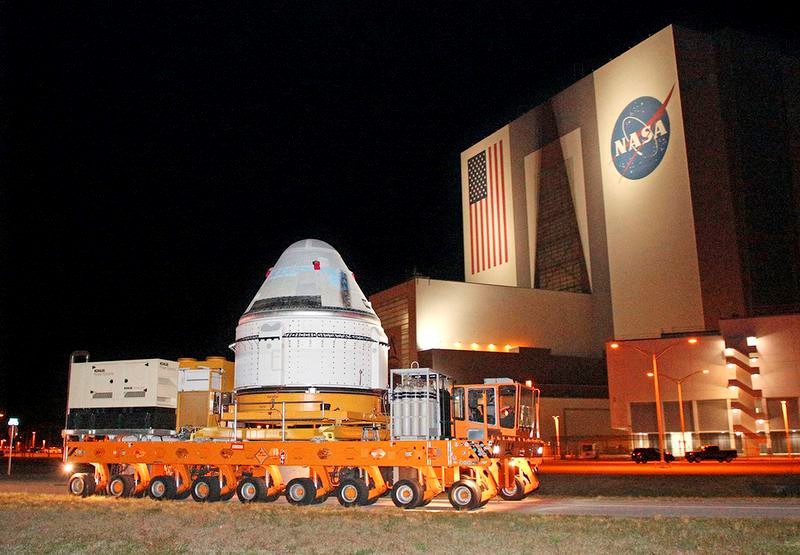Free Courses Sale ends Soon, Get It Now


Free Courses Sale ends Soon, Get It Now



Source: Hindu
Disclaimer: Copyright infringement not intended.
Context
Details
|
NASA's Commercial Crew Program
|
Commissioning of Starliner
Purpose of Starliner:
Stakes for Boeing
Must Read Articles:
Sources:
|
PRACTICE QUESTION Q. Investment in homegrown electrolyser manufacturing infrastructure, coupled with initiatives like SECI's tender and the SIGHT program, is poised to propel India towards its green hydrogen production targets. Comment. (250 words) |
© 2024 iasgyan. All right reserved